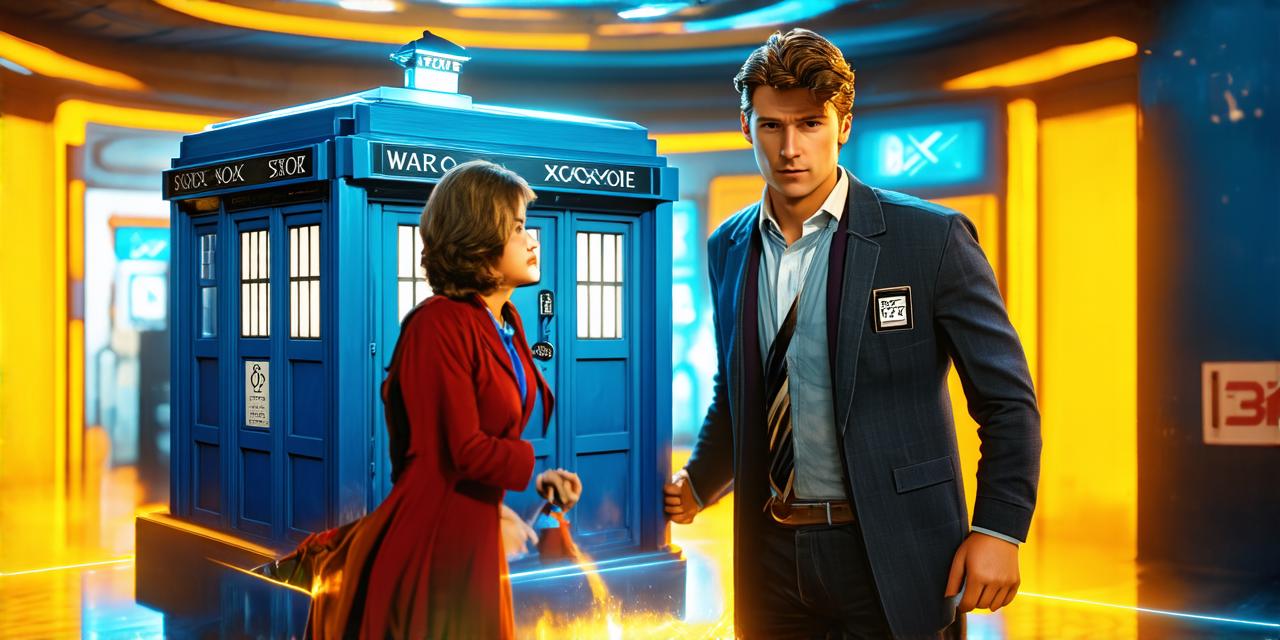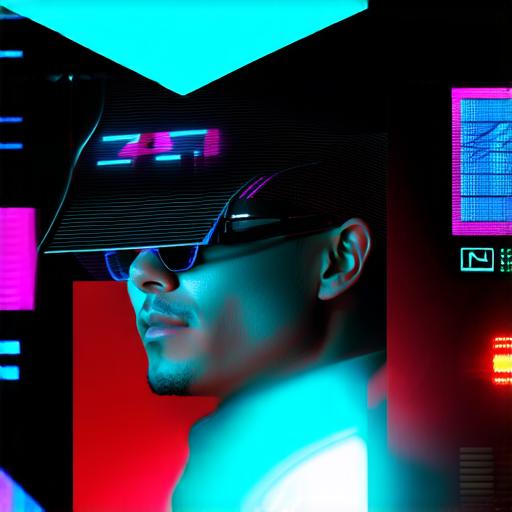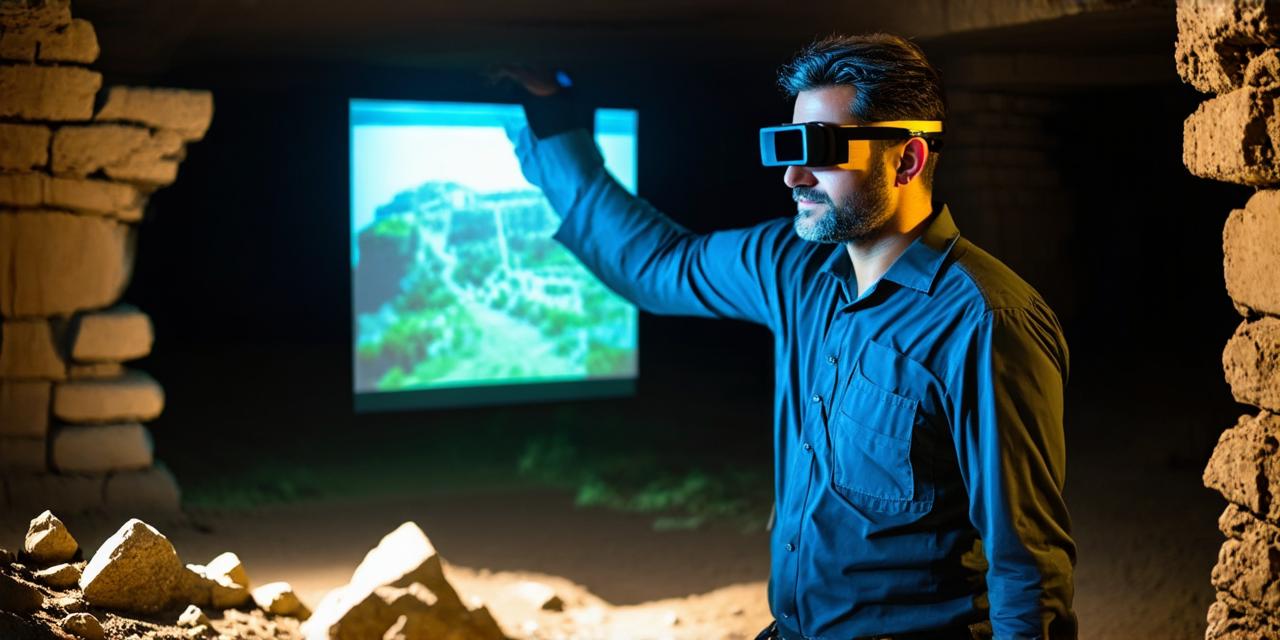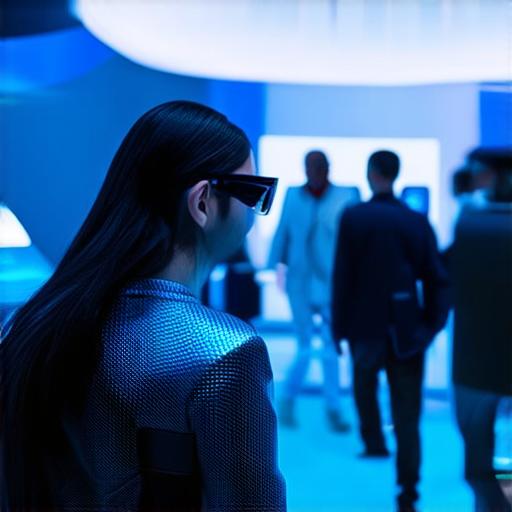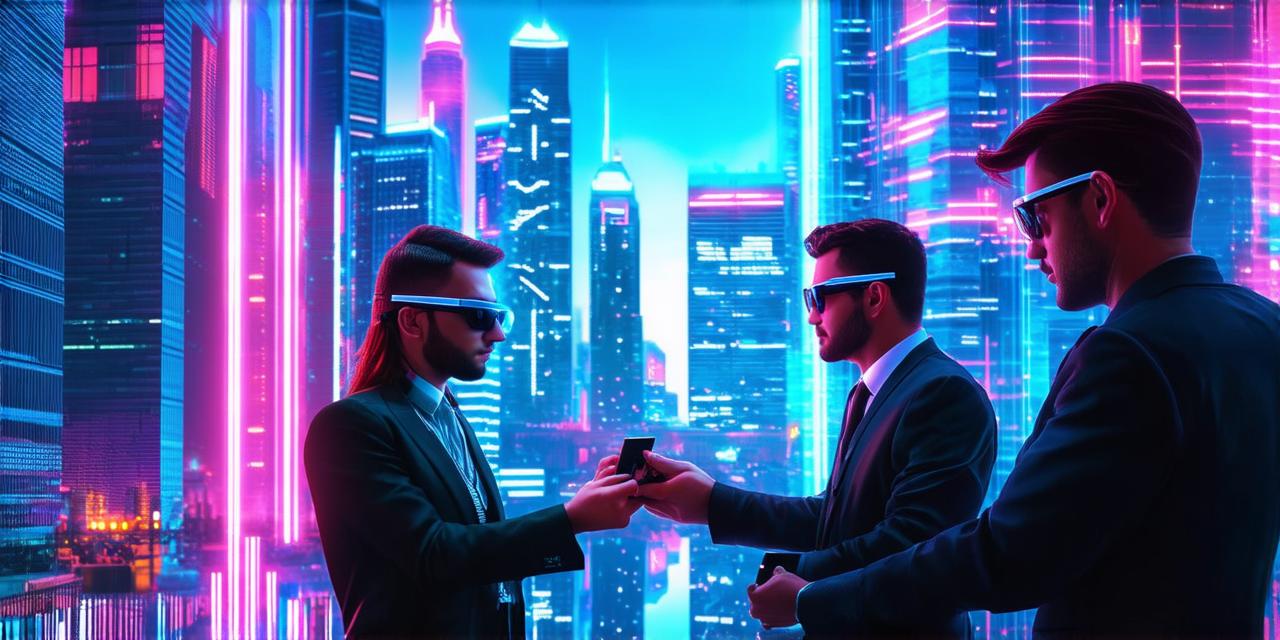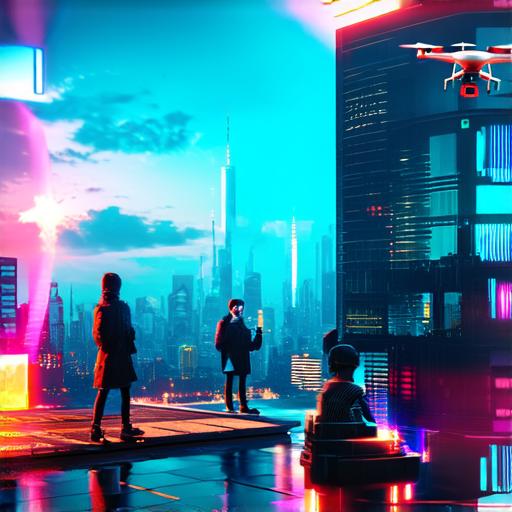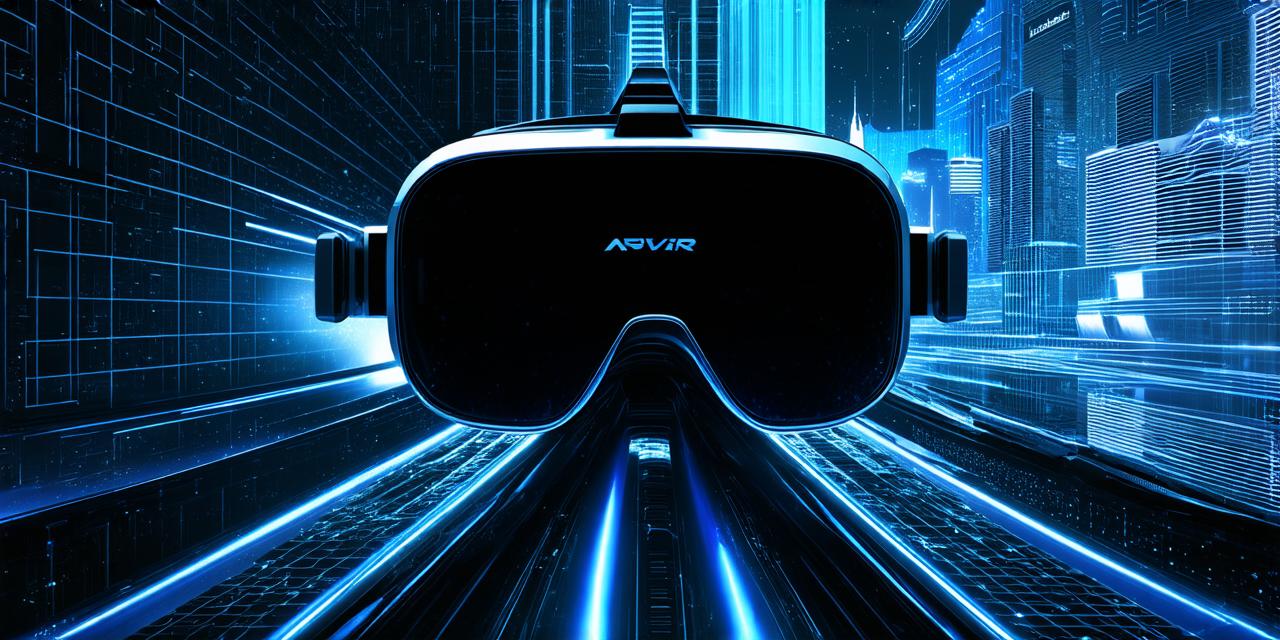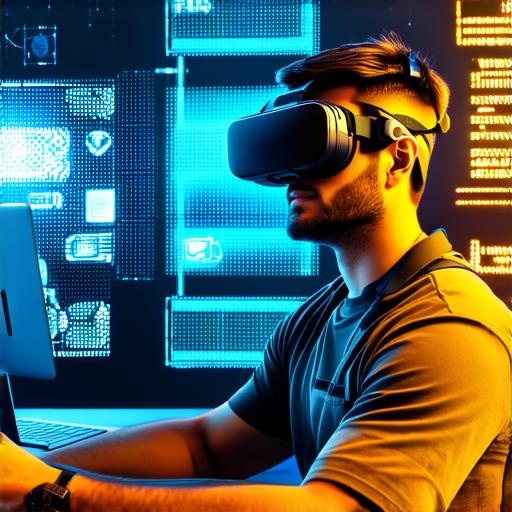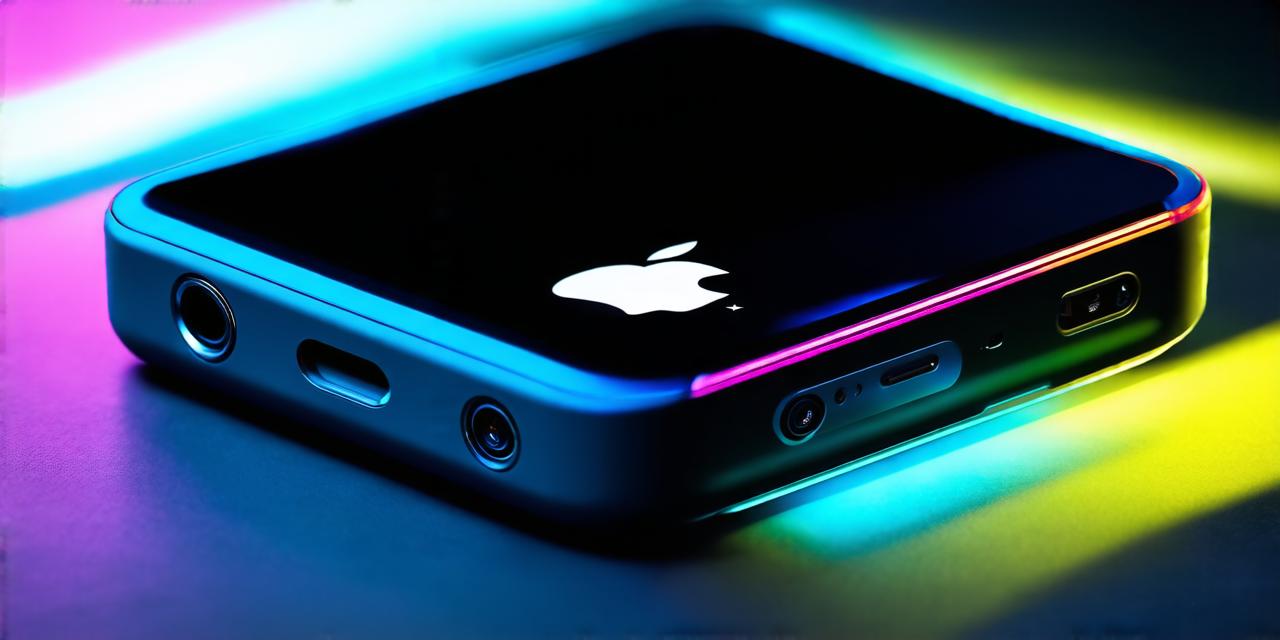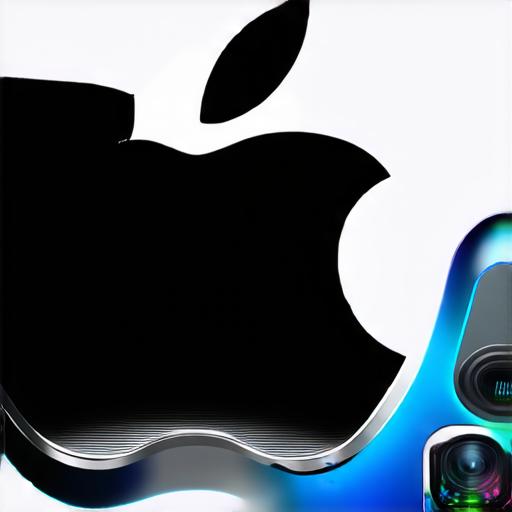How does mixed reality build upon augmented reality?
Augmented reality (AR) and mixed reality (MR) are both forms of immersive technology that allow users to interact with virtual objects in the real world.
What is Augmented Reality?
AR is a technology that superimposes digital objects onto the user’s view of the physical world. This can be achieved through the use of smartphones, tablets, or other devices with built-in cameras. AR apps use machine learning algorithms to track the user’s location and orientation in real-time, then overlay digital objects onto the camera feed to create an interactive experience.
AR has been used in a variety of industries, including retail, marketing, and education. For example, IKEA’s AR app allows users to see how furniture would look in their home before making a purchase. Similarly, AR can be used to teach students about history by overlaying digital objects onto historical sites.
What is Mixed Reality?
MR is a technology that combines AR with real-time computer-generated images to create an even more immersive experience. MR headsets use sensors and cameras to track the user’s movements and position in real-time, then display a virtual environment that blends seamlessly with the physical world. This allows users to interact with both digital and real-world objects in a way that feels natural and intuitive.
MR has been used in a variety of industries, including gaming, healthcare, and manufacturing. For example, Microsoft’s HoloLens AR headset is being used in the field of surgery to help doctors visualize patient anatomy in 3D. Similarly, MR can be used in manufacturing to allow workers to see how products will be assembled in real-time, reducing errors and improving efficiency.

How MR Builds Upon AR
While both AR and MR are immersive technologies, they differ in their approach to creating an interactive experience. AR adds digital objects to the user’s view of the physical world, while MR creates a virtual environment that blends seamlessly with the real world. This allows MR to offer a more realistic and natural interaction between the user and virtual objects.
MR also offers the advantage of allowing users to interact with both digital and real-world objects in a way that feels natural and intuitive. For example, in a manufacturing plant, workers can see how products will be assembled in real-time using an MR headset. This allows them to make changes on the fly and reduces errors, improving efficiency and reducing costs.
Case Studies
One example of how MR builds upon AR is in the field of healthcare. The University of California San Francisco’s (UCSF) Institute for Innovation in Imaging and Therapeutics has developed an MR-guided robotic system that uses AR to help doctors perform surgeries more accurately and efficiently. The system overlays digital images onto the surgical site, allowing doctors to see exactly where they need to make incisions and where they need to place surgical instruments.
Another example is in the field of education. The University of Maryland’s School of Architecture has developed an AR app that allows students to explore different architectural designs in real-time. The app uses AR to overlay digital models onto physical sites, allowing students to see how a building would look and function in its intended environment.
Personal Experience
I have had the opportunity to try both AR and MR technologies, and I can say that there is a significant difference between the two. While AR is certainly immersive and interactive, it can feel disconnected from the physical world. In contrast, MR creates a more natural and intuitive interaction with virtual objects, making it feel like I am truly in a different world.

